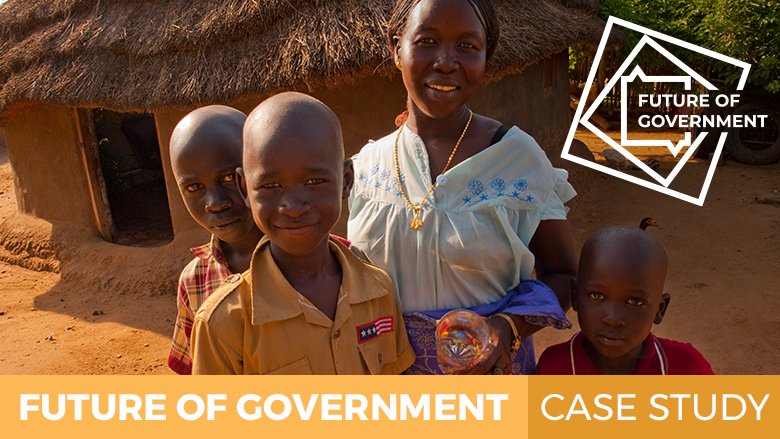Future of Government | Report | Debates | Case studies
After nearly two decades of civil war, the Comprehensive Peace Agreement of 2005 created the basis for an independent South Sudan. The CPA also established a quasi-federal system. Large transfers to State governments quickly became a core feature of the new governance arrangement.
However, the intergovernmental framework to rebuild services decimated by years of conflict was weak. There was no clear policy process to establish how public services would be delivered in this framework. Fiscal transfers funded salaries and left little for operational costs. This meant that the majority of basic services were delivered with donor support by humanitarian and non-governmental actors.
While the finance ministry wanted donors to provide them funding to deliver services via budget support, donors were wary of the fiduciary and programmatic risks involved in the transition away from humanitarian aid. To bridge this disconnect between government and donors, external advisers worked with government to develop innovative aid instruments that could meet the government objective of aid using government systems, and could also meet donor concerns about the weakness of those systems.
This was accompanied by plans to develop a county PFM system and transfer system, as none existed and counties were, in principle, responsible for local service delivery.
As the agenda to develop aid instruments advanced it had become clear that no sector had thought systematically about how to improve basic service delivery, and that there was little communication or coordination across sectors, even when they were dealing with similar challenges. To address these gaps, the concept of “Service Delivery Frameworks” (SDFs) was developed to encourage sectors to think through various aspects of service delivery and the potential challenges or “blockages” preventing improvement. The process of formulating the SDFs provided an opportunity for the Ministry of Finance, Ministry of Labour & Public Service, the Local Government Board and the Ministries responsible for service delivery (Education, Health and Water) to build relationships, teams and coalitions with a common understanding of the challenges involved in improving service delivery.
As the service delivery frameworks were developed, the Government shut down oil production, which had a tremendous impact on the budget, and also discouraged donors who had considered providing funding via the budget.
With the decision to turn back oil came an opportunity to redirect the budget. The President was asked about his budget priorities, and this resulted in the inclusion of over $100 million of new financing for basic service delivery in the 2013/14 budget, using fiscal transfers designed that had been designed following the development of the SDFs.
In July 2013, a simple three-page joint plan of action signed between the ministries responsible for health, education and health, the public service department, and the local government board. This provided the formal authorizing environment. Sector teams prepared budgeting guidelines for the new transfers and guidelines for the county human resource management and county public financial management, were also developed to providing the framework for management of resources at the county level. In sectors such as primary education, development partners aligned their support to these funding, and the World Bank designed a project to support local investments using the Payam Development Grant system which was designed with this in mind.
Tragically, civil war broke out in late 2013. Nevertheless, the first fiscal transfers were made in early 2014 from government resources. Many of the mechanisms put in place continue to function.

